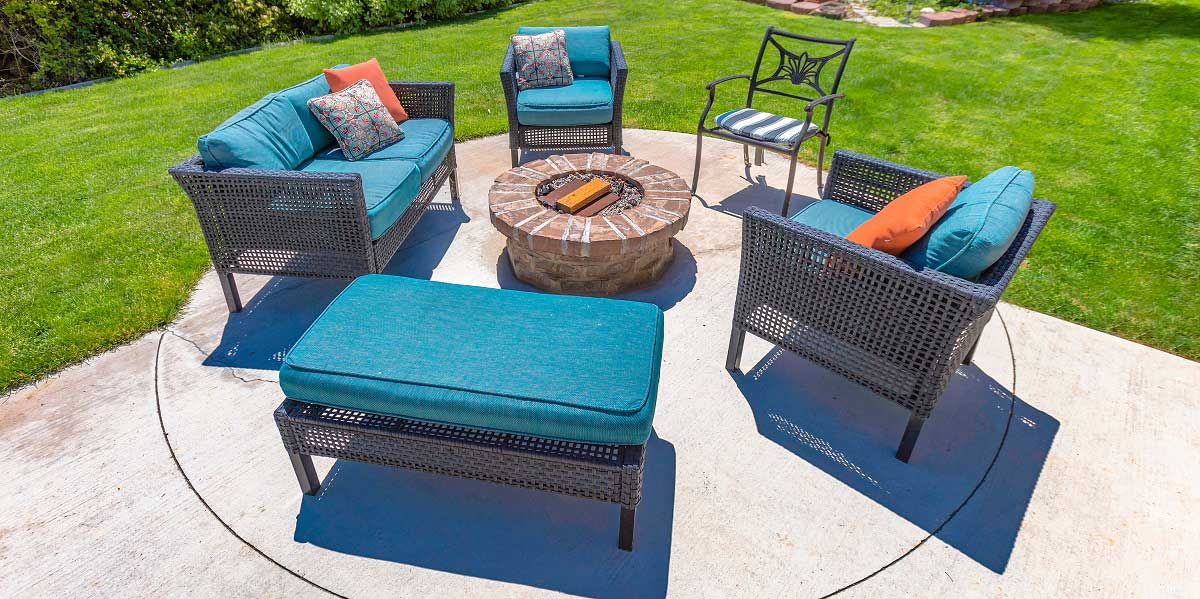Are you looking to transform your outdoor living space into a stunning oasis that blends beauty and functionality? Look no further than residential hardscape! With the right design and materials, hardscaping can elevate the aesthetic appeal of your home while providing practical solutions for various outdoor activities.
In this comprehensive guide, we will explore the art of residential hardscape and show you how it can enhance the beauty and functionality of your home.
Understanding Residential Hardscape
Residential hardscape encompasses all the non-living elements in your outdoor space, such as walkways, patios, retaining walls, fire pits, and more. Unlike softscape elements like plants and trees, hardscape features are durable, low-maintenance, and long-lasting. They provide structure, define spaces, and add visual interest to your landscape design.
Whether you have a sprawling backyard or a cozy courtyard, incorporating hardscape elements can transform your outdoor area into a captivating extension of your home.
The Benefits of Residential Hardscape
1. Enhancing Curb Appeal
A well-designed hardscape can significantly enhance the curb appeal of your home. The use of carefully selected materials, such as natural stone, pavers, or concrete, can create a visually stunning entrance that sets your home apart from the rest.
With the right combination of colors, textures, and patterns, you can achieve a harmonious blend between your home’s architectural style and the surrounding landscape.
2. Increasing Property Value
Investing in residential hardscape not only enhances the beauty of your home but also adds value to your property. A professionally designed and well-maintained hardscape can be a major selling point if you decide to put your home on the market. Potential buyers are often drawn to outdoor spaces that offer functionality, aesthetics, and low-maintenance features.
3. Expanding Living Space
Your outdoor area is an extension of your home, and hardscaping can effectively expand your living space. By creating inviting patios, comfortable seating areas, or outdoor kitchens, you can turn your backyard into a functional and enjoyable place for relaxation, entertainment, and spending quality time with family and friends.
With the right hardscape elements, you can seamlessly blend indoor and outdoor living, making your home feel more spacious.
4. Improving Functionality
Residential hardscape provides practical solutions to various challenges that homeowners often face. Installing walkways and steps improves accessibility, ensuring safe and convenient movement throughout your property. Retaining walls can help manage soil erosion and create level areas for gardening or seating.
Fire pits or outdoor fireplaces extend the usability of your outdoor space, allowing you to enjoy the outdoors even during colder months. By strategically incorporating these hardscape elements, you can optimize the functionality of your outdoor area.
Designing Your Residential Hardscape
When it comes to designing your residential hardscape, careful planning and attention to detail are key. Here are some important considerations to keep in mind:
1. Assessing Your Space
Before diving into hardscape design, assess your outdoor space to identify its strengths and limitations. Consider the topography, existing vegetation, and any utility lines that may be present underground. Understanding these factors will help you make informed decisions about the placement and design of hardscape features.
2. Defining Function and Flow
Determine how you intend to use your outdoor space and prioritize the functions you want to incorporate. Are you looking for a serene retreat, an entertainment area, or a space for family activities?
Establishing the primary function of your hardscape will guide the layout and selection of elements. Additionally, consider the flow of movement between different areas and create logical pathways that connect them seamlessly.
3. Selecting Materials
Choosing the right materials for your hardscape features is crucial for achieving both aesthetic appeal and durability. Natural stone, such as granite or limestone, can add a timeless elegance to your design. Pavers offer versatility and come in a wide range of colors, sizes, and textures.
Concrete is a cost-effective option that can be customized with various finishes. By selecting materials that complement your home’s style and meet your functional requirements, you can create a cohesive and visually appealing hardscape.
4. Incorporating Landscaping Elements
To create a harmonious balance between hardscape and softscape, integrate landscaping elements into your design. Plants, flowers, and trees soften the hardscape features, add color and fragrance, and create a natural transition between different areas. Consider the climate and local plant species when selecting vegetation, ensuring that they thrive in your specific environment.
Conclusion
Residential hardscape offers a myriad of possibilities to elevate the beauty and functionality of your home’s outdoor space. By carefully planning and designing hardscape elements, you can create an inviting and functional environment that complements your home’s style and enhances your quality of life.
From stunning patios to practical walkways, each hardscape feature serves a purpose in transforming your outdoor area into an oasis you can enjoy for years to come! To find licensed contractors near you, head over to Trusted Hardscape today.

